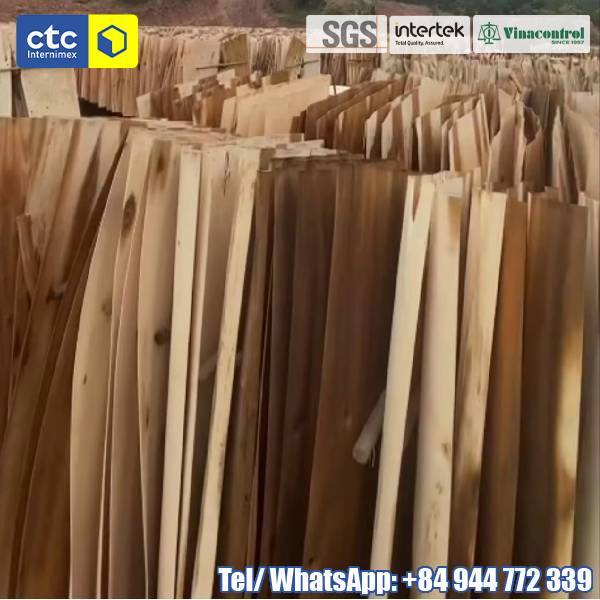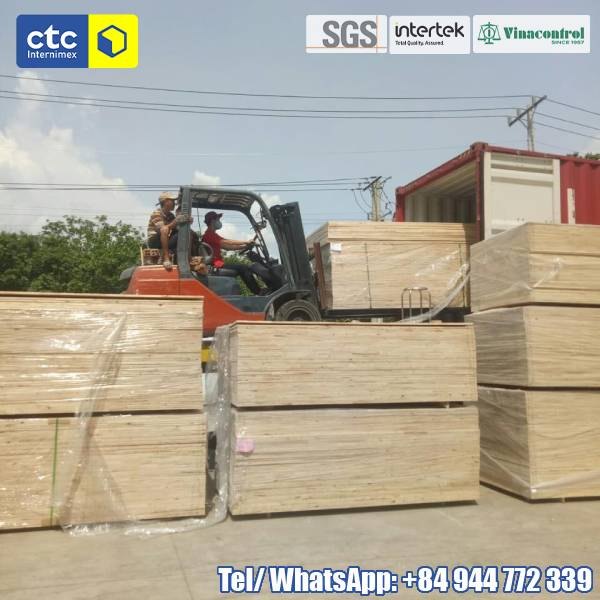- No. 2 Street 623D, Phuoc Long B Ward, Thu Duc City, HCMC, Vietnam
- Admin@CTCinternimex.com
Exporting【Plywood】at the best prices | Worldwide shipping
Plywood
Mã sản phẩm: Đang cập nhậtPRICE CONTACT
- Best price in Vietnam
- Certificate of Origin (CO form of FTA): Vietnam
- Specifications: Customized
- Product model: OEM, ODM
- Third party inspection: SGS, Intertek, Vinacontrol
- Flexible payment terms: TT or L/C
- Delivery terms: Incoterms 2020 (FOB, CIF,...)
Số lượng
1

PRODUCT DETAILS
Key attributes
Industry-specific attributes
| After-sale Service | Online technical support |
| Application | High quality packing, pallet, robbin / cable reels, furniture, construction, bed slat, sofa frames |
Other properties
| Place of Origin | VIETNAM |
| Brand name | CTC internimex JSC |
| Product name | Plywood |
| Port | Cat Lai Vietnam |
| Main Material | Rubber wood, Pine wood, … |
| Color | Natural Color |
| Size | 1220*2440 mm |
| Thickness | Customized |
| Moisture | 10 - 14 % |
| Glue | E0 Formaldehyde emission / E1/ E2 |
| Density | 700 - 730 kg/ m3 |
| Packing | Wooden pallets, plastic film, packing belts |
| MOQ | 1 Container 20ft |
| Delivery | 10-20 days |
GENERAL INTRODUCTION
CTC International Import Export Joint Stock Company (CTC Internimex JSC) is a company specializing in the processing, production, and export of agricultural and forestry products from Vietnam to all over the world.
With nearly 20 years of experience in manufacturing and trading, we are committed to providing you with:
- The best quality products to meet all technical requirements.
- Quality assurance as per your requirements, with third-party inspections by SGS, Vinacontrol, Intertek, etc.
- The best prices.
- Optimized transportation costs and safe cargo through the use of reliable and experienced freight forwarders.
- Diverse shipping methods (EXW, FOB, CNF, CIF, DDP, etc.)
- Various payment methods (TT, L/C, etc.)
Bình luận




























Nhận xét đánh giá